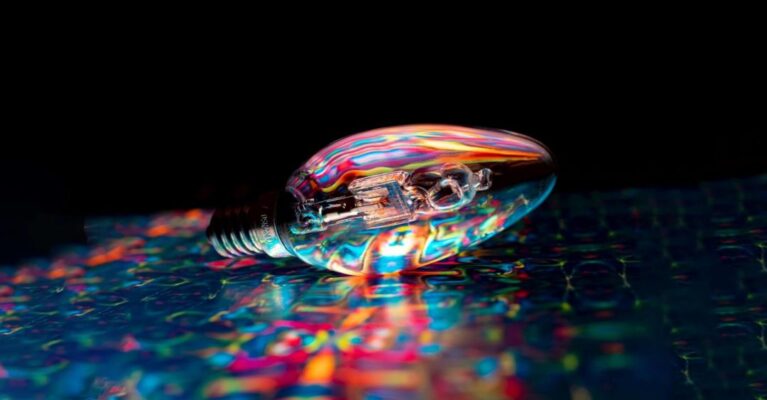
We have long known that design is applicable to many fields and disciplines. We also know that today we can no longer live without the digital state of almost everything we interact with. Everything we touch is digital, and digital has to be attractive. Creating a visual perception when displaying a feature or concept is one of the foundations on which design and our work is based.
This generated impact is intended to capture the attention of a number of people with a certain potential of interest. Then, to convert this interest into an influence, sale, aesthetic or artistic movement, etc.
The way in which visual stimuli reach us, everything we perceive through our eyes, is analyzed and understood by our brain. It does so according to common and difficult to define bases. It results in harmony as an aesthetic and visual concordance. And, although logically subjective, we try to achieve the perception of visual perfection at all times.
This concept of visual perfection in design aesthetics is sometimes perceived unconsciously by the individual, but it is appreciated by the subconscious. Therefore, it can positivize us when it comes to perform an action with respect to the information that comes to us. However, it is also capable of generating the opposite effect, making us not feel completely attracted by what is offered to us. It would even manage to lose its relevance and, as a consequence, the immediate loss of our interest.
It is important to create a positive common stimulus when presenting a design. Together with the projection of a visual perfection in the receiver, to make him interact in a direct and pleasant way with what is offered, finding what he needs, is looking for or believes that it brings him.
In this way, colors, typographies, illustrations, spaces, content blocks, movements, and many more elements, together with a clear and attractive composition, make design a visual discipline. Its importance continues to be the correct hierarchy and presentation of information based on its conceptualization.
In conclusion, a good design is a powerful visual tool. It must be able to attract the attention of the eyes and also of the mind thanks to its sensory involvement.
List of Creativity publications



